Rosehill Gardens Racecourse went from sheep farm to premier horse racing venue
THE crowd that had gathered at Rosehill Racecourse on April 27, 1929 heard some good things about the large, New Zealand-born chestnut gelding. They were not disappointed.
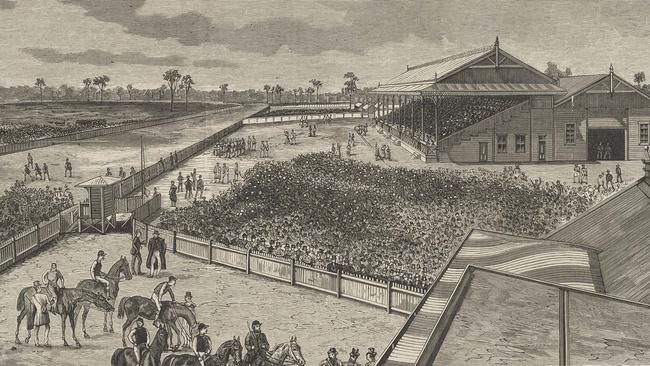
Today in History
Don't miss out on the headlines from Today in History. Followed categories will be added to My News.
THE crowd that had gathered at Rosehill racecourse on April 27, 1929 heard some good things about the large, New Zealand-born chestnut gelding racing in the Rosehill Maiden Juvenile Handicap. They were not disappointed.
Race favourite, Pure Tea, leapt to the front straight out of the starting gates. But on the home straight the chestnut, called Phar Lap, showed its mettle, bounding from the back of the field to relegate Pure Tea to third.
One reporter wrote “Phar Lap’s gallop is of an unusual order” and that “it has pace and courage, and should be heard of again”. He was right, of course, and Phar Lap is now a well-known part of racing history. But this was the horse’s first win, at Rosehill racecourse in Sydney’s west.
The Sydney Spring Racing Carnival kicks off tomorrow at Rosehill, with Run To The Rose Day, showcasing the newly refurbished venue. The highlight of the day will be the $200,000 Group 2 Run To The Rose race.
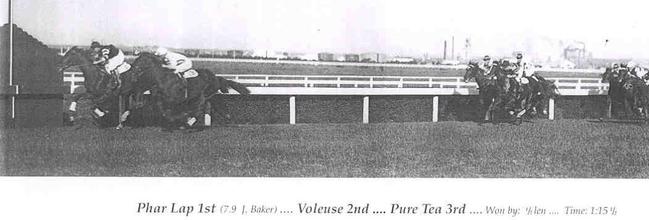
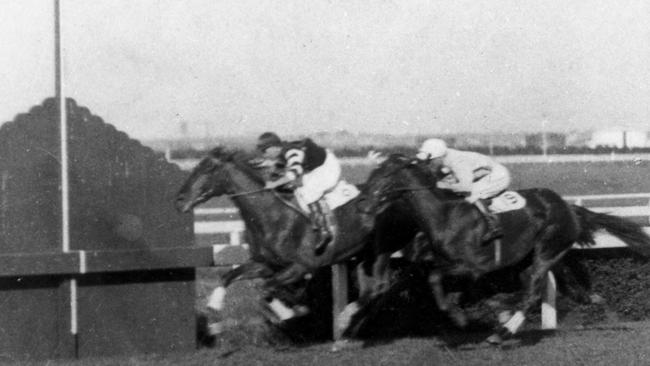
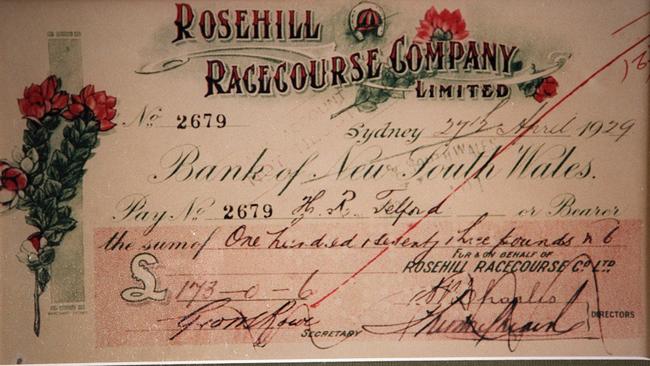
While some may believe that the race and, indeed Rosehill, derives its name from the flowers growing in gardens established in the area, it was in fact named after a British politician.
For thousands of years the suburb now known as Rosehill was part of the lands of the Dharug indigenous peoples, including the Wategora, Barramattagal and Bidjigal. In 1788, Governor Arthur Phillip, who had already established the penal colony he named Sydney on Cadigal lands at Port Jackson, was looking for arable land to farm to feed his colonists.
In April that year he surveyed a lightly forested area at the head of a river about 20km west of Sydney. In November, Phillip sent a group of soldiers and convicts to continue surveying and start clearing the area, building a fort and several other supporting buildings; the beginnings of a small town. Phillip named it Rose Hill, after his influential friend and neighbour Sir George Rose, who was once on the board of secretaries of the treasury.
Phillip had grand plans for Rose Hill to be the main settlement and, in 1791, he had a residence built there and renamed the town Parramatta. However, the name Rose Hill didn’t disappear because people still referred to the town by its original name. When land grants drew more Europeans into the area, many still used that name as a poetic alternative to Parramatta, which never quite lived up to Phillip’s expectations as the centre of British settlement and became known primarily for the prison built there.
One of the most prominent landholders in the area was John Macarthur, whose Elizabeth Farm property is today Rosehill. It was here that some of the first experiments in raising merino sheep took place.
Even after Macarthur died in 1834 the land remained in the Macarthur family until it was sold in 1880 to Septimus Alfred Stephen, a prominent solicitor, who subdivided the land, calling the area Rosehill to attract buyers.
One of the buyers was theatrical entrepreneur John Bennett. Born in 1829, the son of an immigration agent who had brought some of the first free settlers to Australia, Bennett was the manager of a hardware store in Melbourne in 1865 before throwing in his job and became a theatre manager.
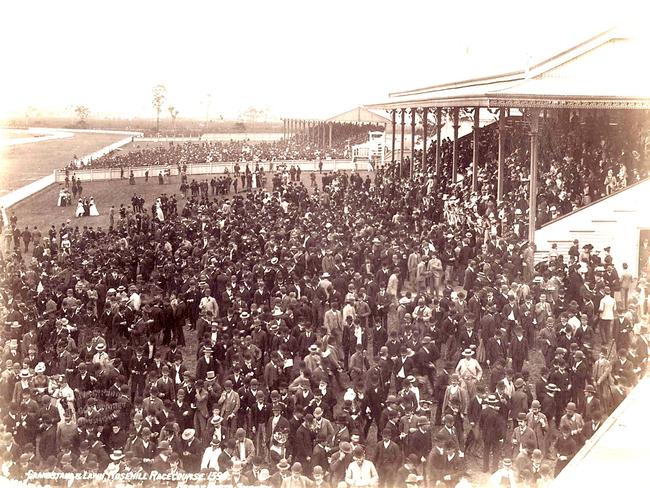
Back then, that actually involved having to build the theatres, which he did on the goldfields in Victoria and NSW before moving to Sydney.
Bennett made a fortune, mostly from importing some of the biggest names in theatre from overseas. In 1881 he moved into Brush Farm House in Ryde. An avid fan of horse racing, in 1882 he formed the Rosehill Racing Club. He also set up a company to buy a large tract of land
in what was Stephens’ Rosehill subdivision, with a view to creating a racetrack and leisure grounds, named Rosehill Gardens (although the area was officially gazetted as part of Granville in 1885).
Bennett’s track opened to great fanfare, on a wet day in April 1885.
The permanent forces band played and in attendance were such luminaries as the Mayor of Granville John Nobbs, railway commissioner Charles Goodchap, and Francis Wright the minister for public works.
Many invited guests had to take the long road from Sydney, or catch a train to Granville and find any means of transport from there to Rosehill. To remedy this, Bennett built a railway line from Clyde to bring people to the ground. It opened in 1888.
The ease of transport made Rosehill a rival for Randwick. The popularity of the venue only increased over the course of the 20th century, with legends like Phar Lap and the establishment of the Golden Slipper in 1957 cementing its place as an important part of racing history.



